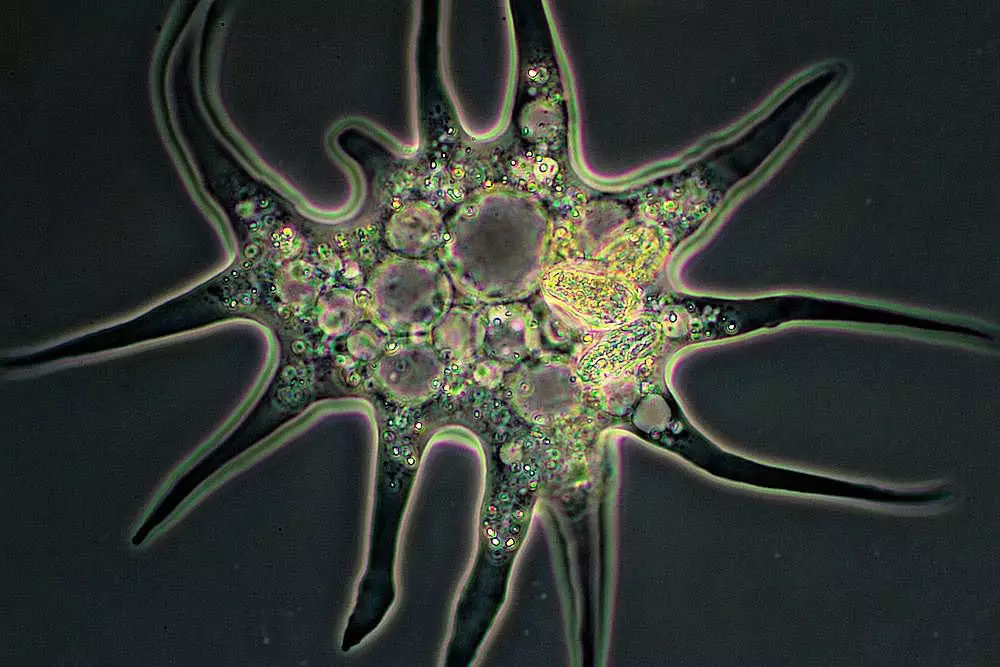In the dynamic world of aquarium breeding, knowledge about the feeding habits of newly hatched fry is paramount. A common recommendation is to incorporate infusoria into their diet—but what exactly is infusoria, and why is it so crucial? Broadly defined, infusoria pertains to a diverse array of microscopic organisms prevalent in freshwater environments, serving as essential sustenance for the minute fry during their early development stages. While the term may have evolved over time, its current implication within the aquarium community primarily revolves around various small organisms that can effectively nourish delicate fry.
The category of infusoria encompasses a wealth of organisms, including specific algae like Volvox, protozoa such as Paramecium and Euglena, and more complex entities like rotifers and stentors. For aquarists, understanding this foundation of life is key to ensuring the survival and health of their baby fish. A well-nourished fry stands a better chance of thriving as they grow and mature, underscoring the importance of a reliable infusoria supply.
Finding infusoria may sound deceptively simple, but it involves careful consideration of the source. While many outdoor water bodies teem with a variety of microscopic life, collecting water from these sources often comes with hidden risks. Not only can you encounter unwanted hitchhikers—such as hydras, water fleas, or dragonfly nymphs, but you also run the risk of introducing harmful organisms into your tank. This can spell disaster for your delicate fry as these predatory creatures may feast on them.
Given the associated risks, an alternative approach is essential: cultivating your own infusoria culture indoors. By controlling the inputs and conditions of your culture, you minimize the threat of introducing detrimental species to your fish tank, making your fry environment safer and more accessible.
Culturing infusoria at home can seem daunting, but it is both cost-effective and relatively straightforward. To start this process, gather materials that are either easily obtainable or commonly found in your kitchen or garage. First, select a suitable container, typically holding between one to five gallons of water. Glass jars, aquarium tanks, or even large plastic buckets can all serve as homes for your new culture.
The key to encouraging infusoria growth lies in introducing nutrients. Blanched vegetables, such as lettuce, or store-bought alternatives like powdered cereal or specially formulated fry food can stimulate the growth of these tiny organisms. The addition of household materials—like a banana peel or bits of raw potato—can also serve as effective nutrient sources. Once you have your mixture ready, place your container in a well-lit area to allow sunlight to promote optimal growth.
Over the course of several days, you should begin to notice the water becoming murky as the infusoria population burgeons. A simple drop of water examined under a microscope can reveal a veritable microcosm of life swirling within. This process not only allows you to harvest infusoria at your convenience, but it can also lead to a self-sustaining culture that can provide nourishment for your fry over time.
Feeding Fry: Best Practices and Techniques
Once your infusoria culture is flourishing, feeding your fry becomes an exciting, and crucial, task. The delicate fry require frequent and ample feedings during their formative stages. By siphoning small amounts of the cloudy, infusoria-rich water directly into their tank, you can ensure that they receive the nutrients they need without introducing unwanted debris from the nutrient source.
Regular monitoring of fry health is vital, and as they grow, progressively transitioning their diet to include larger food sources is essential. Eventually, they can also be introduced to freshly hatched brine shrimp or specialized commercial fry foods, diversifying their diet and promoting healthy growth.
Understanding the significance of infusoria in fish breeding offers a comprehensive approach to nurturing your fry successfully. By focusing on creating a self-sufficient culture, not only do you gain confidence in your aquarium husbandry skills, but you also establish a reliable food source for the fledgling fish. Elevated by careful cultivation practices and a keen eye for monitoring safety concerns, mastering infusoria culture is both an art and a science that will greatly enhance the success of your breeding endeavors. Embrace these best practices, and your aquatic journey is bound to flourish.

